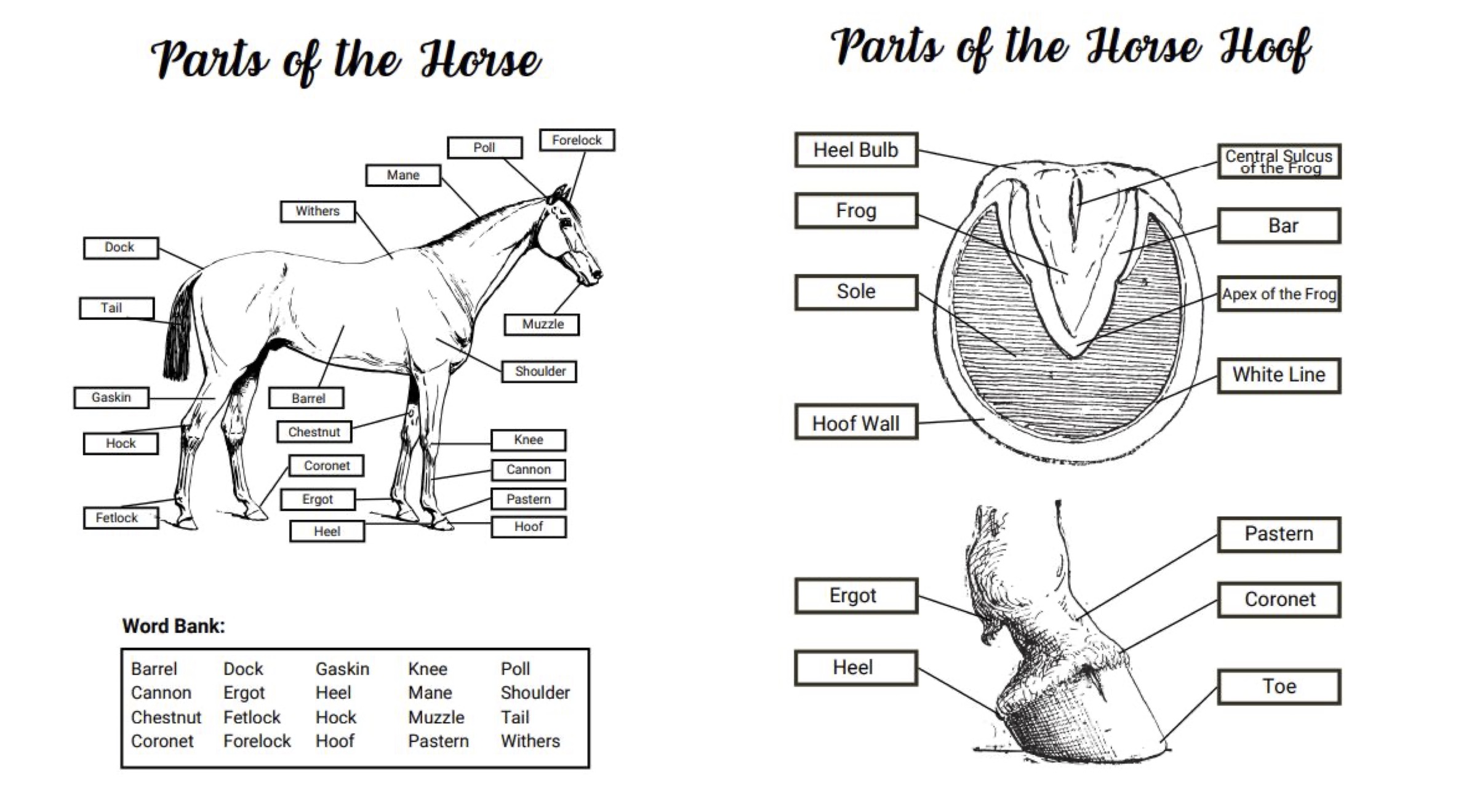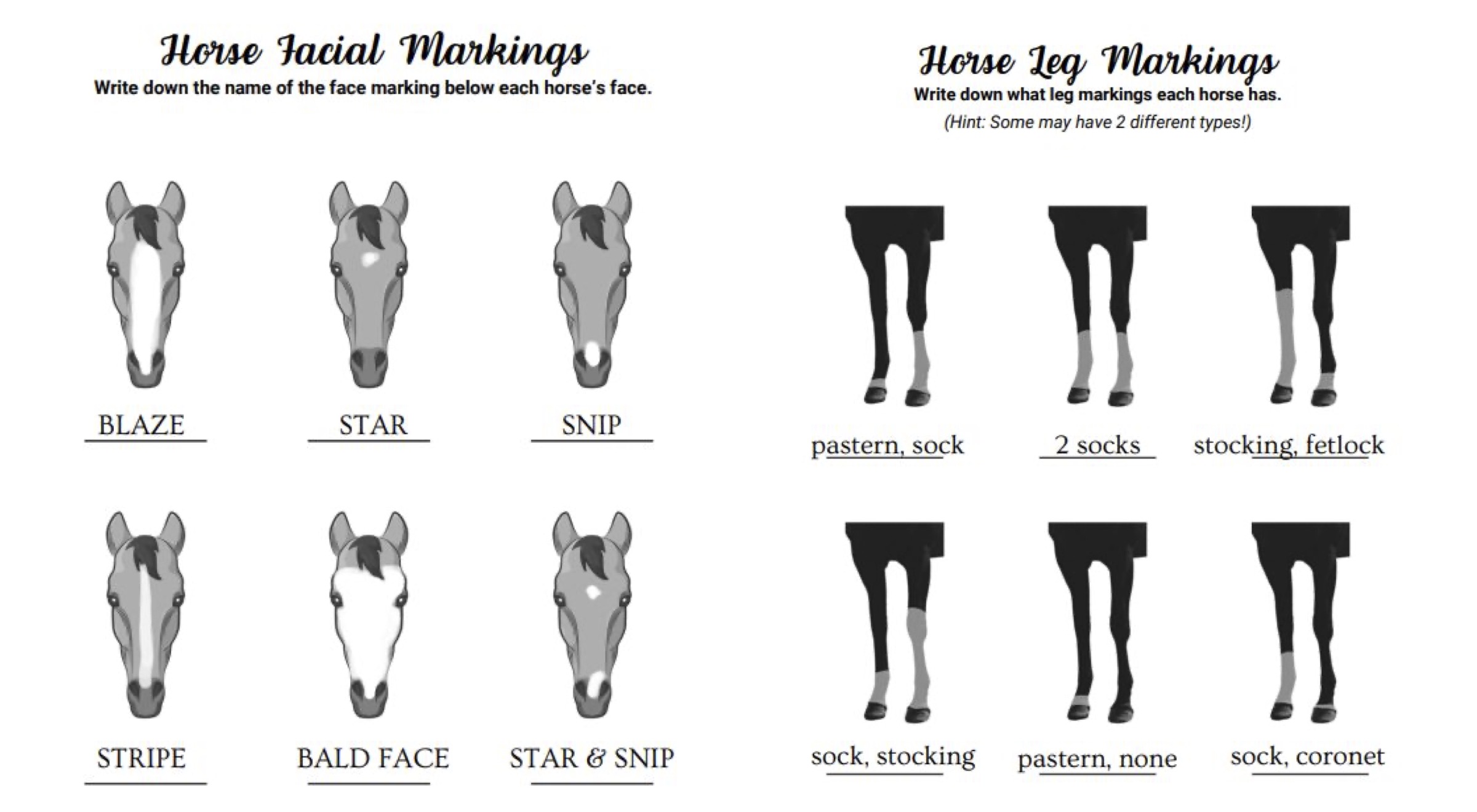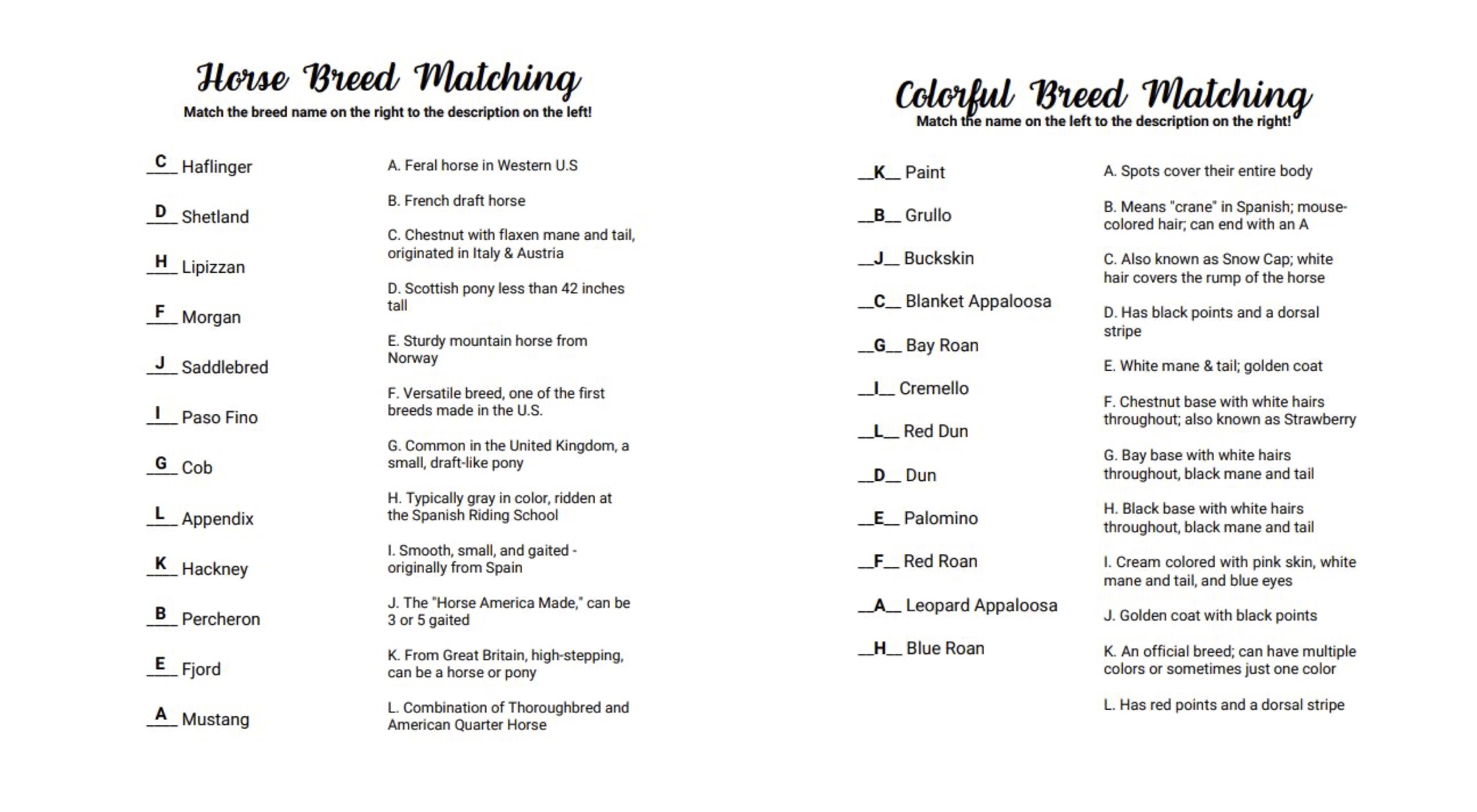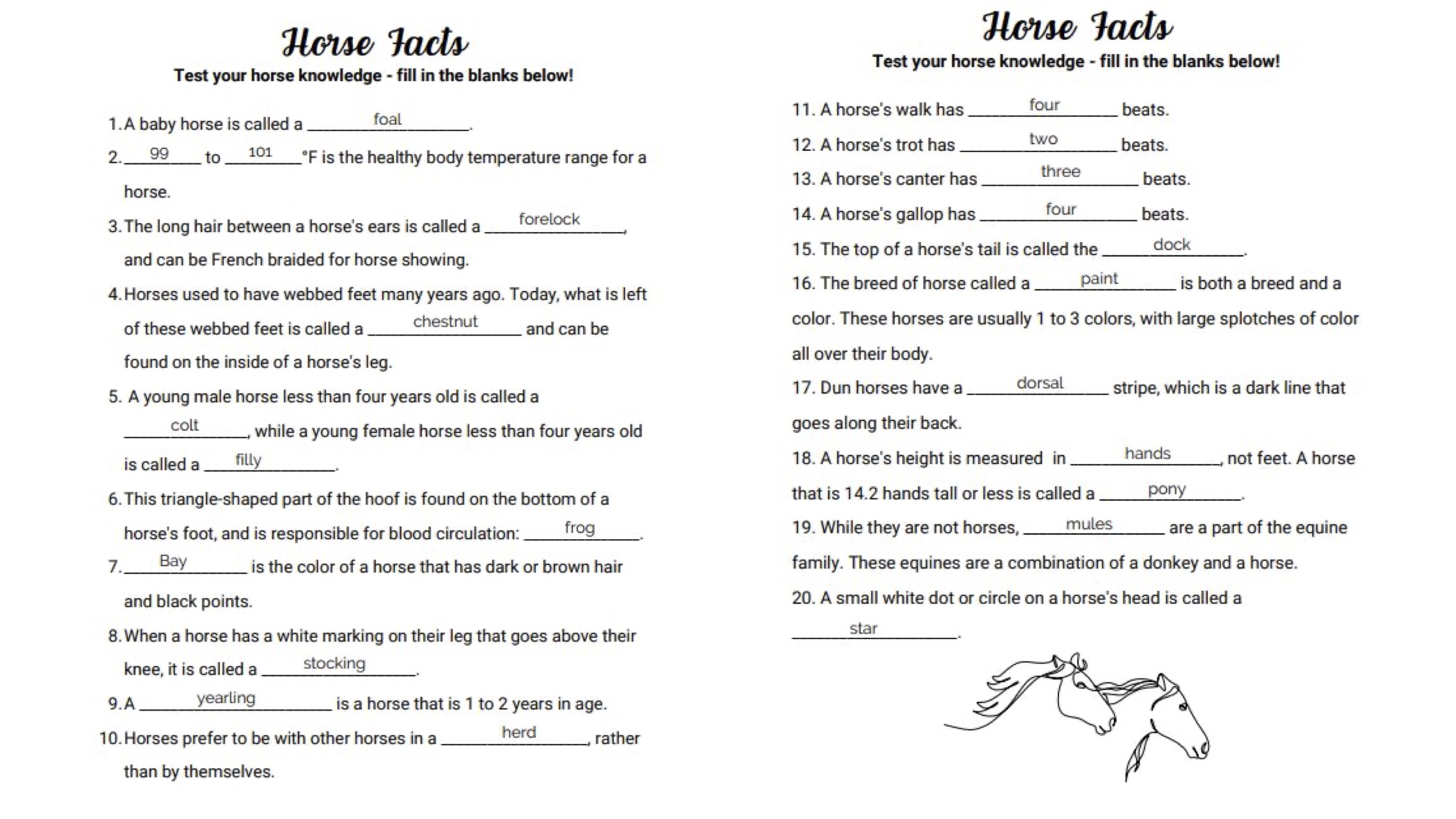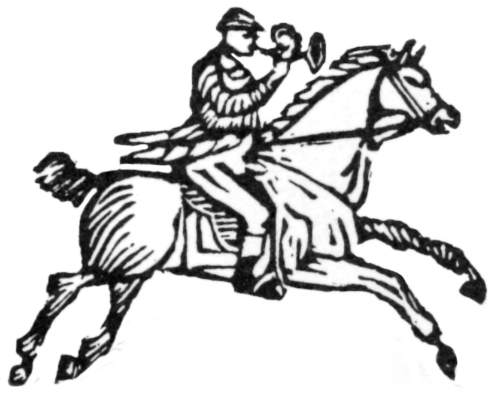
The Tally Ho
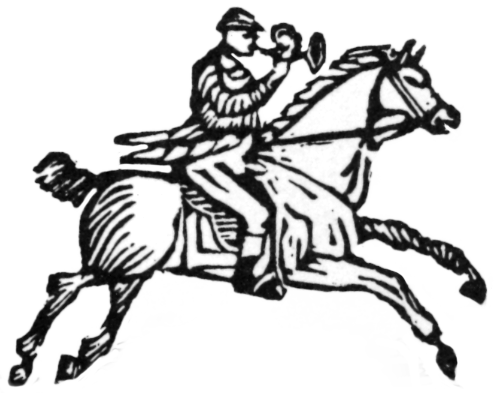
Welcome to
the
Riding Academy
Guidelines
We believe that independent riders make strong, independent people!
The Tally Ho Riding Academy program is intended to further a rider’s knowledge and horsemanship. Students in the academy will receive a certificate with each level mastered and earn additional riding privileges and experiences as they move through the levels. To be considered for the academy, riders must complete an application and the entrance test. Once accepted, academy tuition is $450 for 10 lessons (a discounted package price, normally $500). Tuition is due after each 10 lesson sequence, regardless of whether the rider attends one or more lessons per week.
Lessons & Riding Procedures
- Arrive 30-40 minutes prior to the start of your lesson to:
- catch your pony or horse, groom and tack up, sweep your tacking area, mounting and setting stirrups prior to lesson start time (i.e., mount at 3:50PM for a 4:00PM lesson)
- Allow 30 minutes after the lesson to properly care for your pony/horse and equipment, including:
- hosing down horse, blanketing, cleaning and oiling tack, sweeping tacking area, and turning horse out after dinner
- Maintain responsibility for cleaning up the grooming area and wash rack, including:
- putting all equipment away, hanging up hoses, sweeping, picking up manure, etc.
Failure to complete responsibilities will result in being added to the “Poo Poo List.” If you are on the PPL twice, you will be demoted one academy level and receive flat only lessons for two lessons (no jumping). Repeat offenders will be required to complete a horsemanship lesson (in-barn) before they will be allowed to resume riding lessons.
- The following examples can get you on the PPL (not all-inclusive):
- leaving tack and supplies out
- failing to sweep your grooming area
- leaving manure piles in any barn area
- leaving a horse in when it should be turned out failing to feed a horse before turnout
Riding Attire
- All riders are required to wear an ASTM/SEI certified helmet when mounted.
- Hair must be restrained in some way (ponytail, braid, etc.)
- Riders are required to wear appropriate riding shoes with a heel. Cowboy boots are not suitable and are unsafe in English stirrups.
- Riders must wear long pants. Jeans are not allowed in lesson saddles.
- Shirts must be tucked in so that the instructor can see the rider’s position. Tank tops are not allowed unless they have a 1-inch strap and are high necked. Crop tops and see through tops are not allowed.
Cancellations
- Lessons must be canceled at least 24-hours in advance in order to qualify for a make-up lesson. Last minute cancellations will result in a forfeit of the lesson you have paid for.
- Chronic tardiness, cancellations, and three no-shows will result in the rider’s loss of their time slot on the schedule.
- In the event of inclement weather, indoor horsemanship lessons will be offered. If an indoor horsemanship lesson is offered and a student does not come, it will count as a forfeited lesson. Horsemanship lessons are a crucial aspect of a rider’s education.
- In the event that instructors need to cancel lessons due to dangerous weather or other situations, notification will be sent by 2:00PM the day of the lesson. Opportunities for make-up lessons will be given.
- Make-up lessons must be used within the month of the missed lesson. Lessons do not rollover from month to month.
- Select make-up lessons will be offered. It is up to the rider whether they choose to attend.
FAQs
answers about most
everything
How does it work?
- ★ Weekly lessons will incorporate Horse Management and Stable Management in either a riding or barn lesson.
- ★ We will test periodically during the year, like on rainy days we can review and test.
- ★ We will have a review week/testing after our home shows as well.
Academy Entrance Exam
Stable and Horse Management
- ❏ Approaching Pony in stall correctly
- ❏ Halter and lead pony from stall to crossties.
- ❏ Groom pony
- ❏ Mane and Tail brushed
- ❏ Hooves cleaned properly
- ❏ Tack pony for lesson
- ❏ Post Ride Care: in the ring and barn
- ❏ Running up stirrups
- ❏ Loosening Girth
- ❏ Properly Cooling Out Horse
- ❏ Sweeping: (area swept wall to wall and clean before heading to the ring and after riding)
- ❏ Feed pony a treat safely
Upon demonstrating all these proficiencies you will become a SEAPONY!
Riding Proficiencies
❏ Meet Instructor at the ring 5 minutes before scheduled lesson time
❏ Tighten girth, mount and set stirrups properly (with minimal instructor help)
❏ Pick up reins and hold correctly at suitable length
❏ Halt
❏ Walk and steer
❏ 2 point at walk
❏ Trotting: independently or on lunge line
❏ Demonstrate ability to shorten or lengthen
reins correctly.
❏ Around the world
Upon demonstrating all these proficiencies you will become a SEAPONY!
Seapony
- ❏ Know and discuss barn safety rules
- ❏ Know safe riding attire
- ❏ Properly fit your helmet
- ❏ Learn and demonstrate a quick-release knot for tying to trailer or in a stall
- ❏ Put away take properly and correctly
- ❏ Hang up saddle pads properly
- ❏ Learn to blanket and un-blanket
- ❏ Clean and oil tack
- ❏ Teach a lower-level Seapony to clean and oil tack
- ❏ Catch a pony in a field
- ❏ Know vital signs of horses and discuss how to measure
- ❏ Know basic horse colorings and markings
- ❏ Know three most common signs on colic and what to do
- ❏ Volunteer to help with morning chores
- ❏ Hose off horse after lesson
- ❏ Know the names and functions of 5 grooming tools
- ❏ Volunteer at camp or as a lesson assistant
- ❏ Demonstrate proper warm-up for rider and horse independently
- ❏ Sit the trot
- ❏ Drop stirrups and pick up again without looking
- ❏ Ride in half-seat over cantering and trot poles
- ❏ Learn diagonals and leads
- ❏ Be able to see and verbalize correctly
- ❏ Trot and canter on different horses
- ❏ Sit the canter
- ❏ Sitting and posting trot without stirrups
- ❏ Ride bareback at walk and trot
- ❏ Ride a ground pole course at the canter with simple changes of lead
Fox
Stable and Horse Management
- ❏ Name 10 parts of the horse
- ❏ Know basic parts of saddle and bridle
- ❏ Know the uses and difference between polo and standing
- ❏ Apply polo wraps in lessons and rewrap or wash (use boots until this has been checked)
- ❏ Know how to treat the following:
- ❏ Puncture wound
- ❏ Abscess
- ❏ Swollen Tendon
- ❏ Injured Eye
- ❏ Stone Bruise
- ❏ Laceration
- ❏ Measure a horse for weight and height
- ❏ Administer dewormer and Ulcergard to horse orally
- ❏ Pull a mane
- ❏ Clip feet, legs, face and bridle path ❏ Know vital signs, take and record
- ❏ Learn advance horse care:
- ❏ Treating thrush, rain rot, scratches, colic
- ❏ Wash bit at the end of each ride
- ❏ Clean and oil tack after each lesson
- ❏ Demonstrate lunging:
- ❏ Give aids with lunge line and whip
- ❏ Understand function of lunging
- ❏ Use bridle, boots and gloves for lunging
- ❏ Learn the following:
- ❏ Strides
- ❏ Lead changes
- ❏ Framing
- ❏ Bending
- ❏ Ride a dressage test
- ❏ Attend a fox hunt
- ❏ Lesson in the cross-country field in the open wraps
Benefits of being a Fox
- ★ Eligible for hour long group lessons
- ★ Group trail ride without an adult after lessons
- ★ Ability to enter into working student program
- ★ Students at this level are ready to purchase a horse/pony
- ★ Able to go fox hunting after a field cross country test ride
AP Team
- ❏ Lease or own a horse
- ❏ Reassemble bride and saddle without assistance
- ❏ Figure 8 bridle
- ❏ Fit tack: saddle, bridle, bit, girth, and halter to a horse
- ❏ Give an intramuscular injection
- ❏ Load onto a trailer
- ❏ Learn how to feed
- ❏ Learn how to teach
- ❏ Complete work-study at least 1x a month
- ❏ Show an instructor at least 1x a month
- ❏ Help with at least 1 camp day
- ❏ Coach other riders Riding Proficiencies
- ❏ Demonstrate advanced jumping skills
- ❏ Complete gymnastics on horseback
- ❏ Properly lead a trail ride
- ❏ Lead a lesson in the x/c field riding
- ❏ Work with green horses
- ❏ Demonstrate flying lead changes
- ❏ Jump bareback
- ❏ Demonstrate Counter-Canter
- ❏ Demonstrate turn on the forehand and haunches
Benefits of being on the AP Team
- ★ College Preparatory
- ★ Eligible for more riding opportunities (Ability to sign up to work horses on weekends
- ★ School at IEA/SCISA Shows
- ★ Lead lessons when/where needed
- ★ Work study- teach skills clinics to others on the weekends
ACADEMY LEVELS EXPECTATIONS - Instructors Checklist
- ENTRANCE TEST
- EXPECTATIONS
- approach pony in the stall
- halter and lead pony into crossties from stall
- groom and tack up
- mane and tail check (brushed thoroughly)
- clean hooves properly
- sweep test
- lead to ring properly
- meet instructor at ring
- pull down stirrups
- pull reins over pony’s head
- check/tighten girth
- mount and set stirrups independently or with minimal instructor help
- pick up reins and hold them correctly at suitable length
- halt
- walk and steer
- two-point at walk
- trot (independently or on lunge line)
- shorten and lengthen reins correctly
- “around the world”
- demonstrate end of ride technique (cool out, run up stirrups, loosen girth two holes)
- feed a treat safely
- SEAPONY – BEGINNER
- EXPECTATIONS
- catch horse/pony in a field demonstrate proper warm-up for rider and horse independently
- know names and functions of five grooming tools
- know and discuss barn safety rules
- know safe riding attire
- properly fit a helmet
- learn and demonstrate quick-release knot for tying to trailer or in a stall
- sit the trot
- ride bareback at the walk and trot
- drop stirrups and pick up again without looking
- ride in half-seat over cantering and trot poles
- change directions to the inside
- learn diagonals and leads (see and verbalize) trot and canter on different horses
- sit the canter
- ride a ground pole course at the canter with simple changes of lead ride without stirrups at the trot (sitting and posting)
- put tack away properly and correctly hang up saddle pads properly
- earn to blanket and unblanket
- clean and oil tack
- teach a lower-level Seapony to clean and oil tack
- know vital signs of horse and discuss how to measure
- know basic horse colors and markings
- know the three most common signs of colic and what to do
- volunteer for morning chores
- hose off horse after lesson
- demonstrate proper warm-up for rider and horse independently
- volunteer 1x at a camp or as a lesson assistant
- FOX – INTERMEDIATE
- EXPECTATIONS
- name 10 parts of the horse
- administer dewormer or Ulcergard to a horse orally
- measure a horse for weight and height
- know basic parts of saddle and bridle
- know the uses and difference between polo and standing wraps
- apply polo wraps in lessons and rewrap or wash (use boots until checked
- know vital signs, take and record
- learn advance horse care: treating thrush, rainrot, scratches, colic
- know how to treat: puncture wound, abscess, swollen tendon, injured eye, stone bruise, laceration
- demonstrate lunging, including: give aids with lunge line and whip, understand function of lunging
- use bridle, boots, and gloves for
- lunging
- pull a mane
- clip feet, legs, face, and bridle path
- learn strides, lead changes, framing, and bending
- wash bit at end of each ride
- clean and oil tack each lesson
- ride a dressage test
- attend a fox hunt
- lesson in the cross-country field in the open
- AP TEAM – ADVANCED
- EXPECTATIONS
- lease or own a horse
- reassemble saddle and bridle without assistance
- figure 8 a bridle
- fit a saddle, bridle (including bit), girth, and halter to a horse
- give an intramuscular injection
- load onto a trailer
- demonstrate advanced jumping skills
- complete gymnastics on horseback
- properly lead a trail ride
- lead a lesson in the x/c field riding
- work with green horses
- coach other riders
- demonstrate flying lead changes
- jump bareback
- counter canter
- demonstrate turn on the forehand and haunches
- learn how to feed
- learn how to teach
- complete work-study at least 1x/month
- shadow an instruction at least 1x/month
- help with at least 1 camp day
Resource Hub
The following resources will help riders learn and be able to demonstrate the needed knowledge to advance through the Academy.
Please use the following pages to help learn important information about horse care, and stable management.
